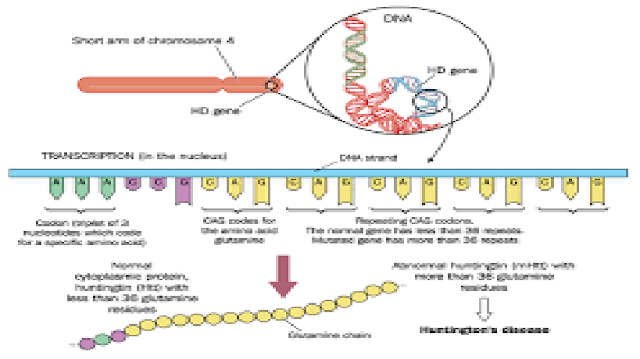Come funziona la memoria / How memory works Segnalato dal Dott. Giuseppe Cotellessa / Reported by Dr. Giuseppe Cotellessa Secondo uno studio pubblicato sul Journal of Neuroscience, la nostra memoria tenderebbe a raccogliere frammenti del presente per inserirli in quello che ricordiamo del passato, modificando così i nostri ricordi, L’ amore a prima vista ? È più probabile che sia un trucco della nostra memoria che un momento degno di un film di Hollywood, almeno secondo uno studio condotto alla Feinberg School of Medicine della Northwestern University e pubblicato sul Journal of Neuroscience . Secondo la ricerca, infatti, la nostra memoria agirebbe come un astuto viaggiatore nel tempo, che raccoglie frammenti del presente e li inserisce in quello che ricordiamo del passato . “Quando ripensiamo al primo incontro con il nostro partner attuale, ci sembra di ricordare questo sentimento di amore ed euforia” h...

